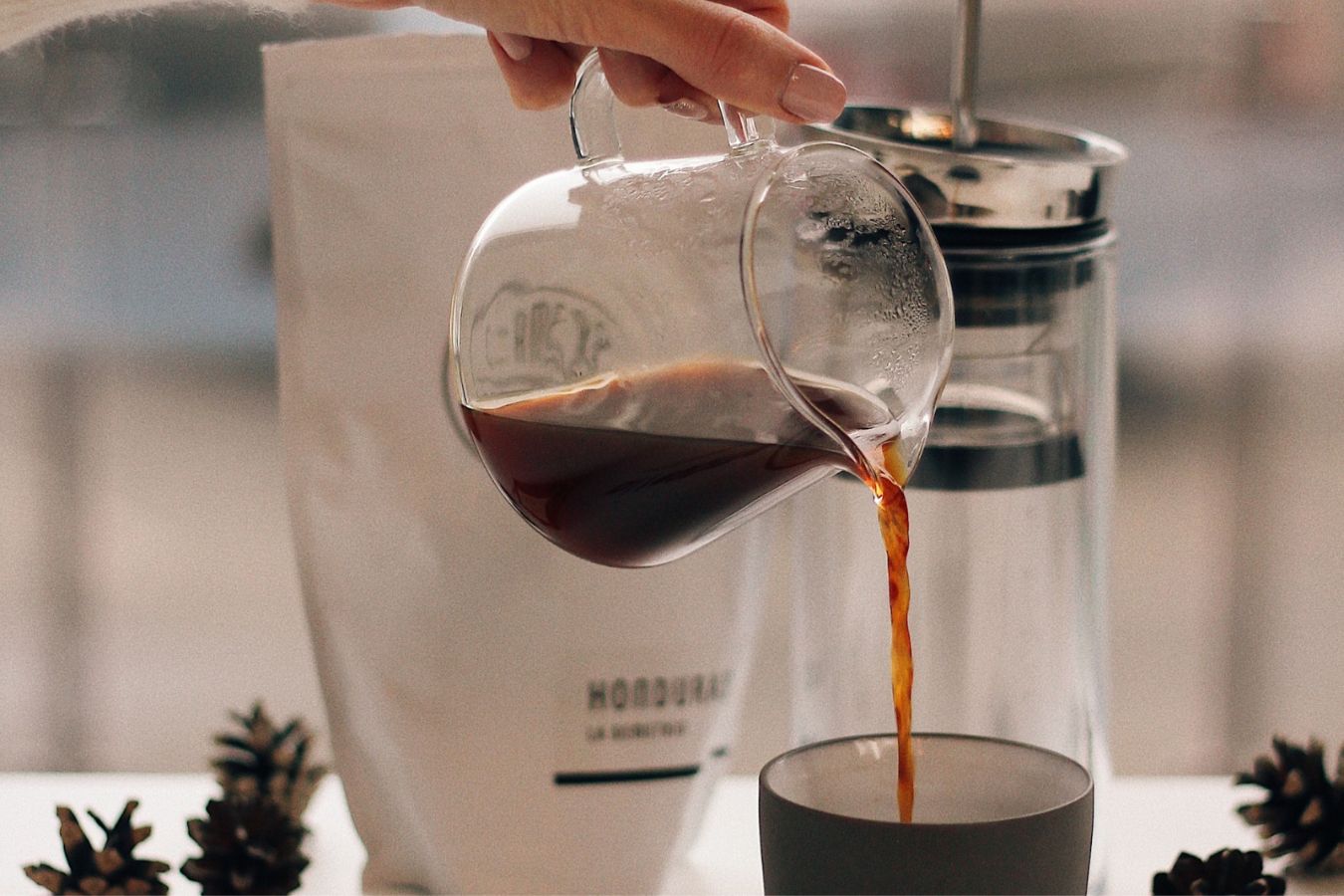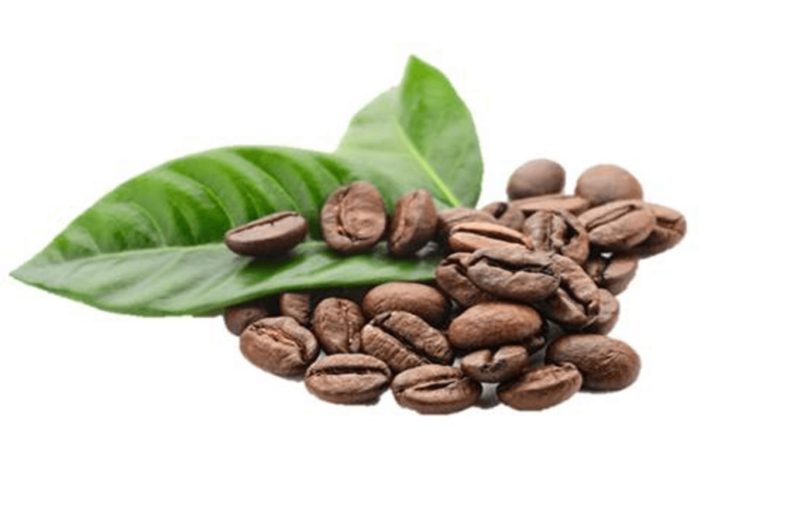
Some say they’re important, others are indistinguishable – they simply know it’s coffee.

Coffee is grown in more than 50 countries worldwide and has an entire zone dedicated to them (the Bean belt). This belt stretches across Africa, America and Asia. It lies on the equator and stretches as far north as Mexico and Myanmar and as far south as Zimbabwe and Brazil.
And one thing is for sure, like the culture of each country, the coffee coming from any region will have its characteristics of that region. So, let’s find out with Helena through this article to know how they are different!
- Toraja coffee beans
- Kona coffee beans
How does the origin of coffee affect you?
Toraja coffee beans
Kona coffee beans
Before, when I didn’t know much about coffee, I thought that excellent coffee must be smooth and bold. Later, when I was exposed to many different coffee and drinking styles, my knowledge of coffee was upgraded; they are great.
And I also learned some primary flavors of coffee in specific regions such as Ethiopia, which is more fruity when cold brew, Guatemalan, which is sweet and well-balanced, or coffee. Indonesia has many earthy flavors – but you won’t know unless you taste them.
Vu Thanh – Our Roaster says that people want to taste different and exciting flavors, partly to satisfy curiosity and stimulate the imagination by the introduction printed on the package.
Thanh says, “the origin of coffee is the beginning of everything.” He wants to know their source, provide customers with better quality products, and help farmers have a better income.
Moreover, coffee is an agricultural product that changes with the season; early in the season, they can be a bit bitter, but by mid-season, they are stable and delicious. Therefore, roasters must understand their menu and adjust the roasting recipe to match the origin of the green coffee.
Nguyen Khang, my friend who owns two small coffee shops, told me that he is successful in specialty coffee because his team understands the origin and taste of coffee in detail. When you know what you’re doing – basically – it’s easier to take control of your business.
The Taste of Coffee Around the World
With more than 50 coffee-producing countries, we hope to describe them all in this article. However, it would help if you referred to some varieties with outstanding flavors first.
Africa region
Ha Minh Thoai – Our QC often buys coffee from Africa to study the fruit flavor and acidity.
Specifically, he told me that he would be looking for a coffee that was physically similar to tea, with a blueberry flavor and as much fruit acid as possible from Ethiopia. Besides, he wishes to find the notes of grapefruit essential oil of coffee in Kenya.
Some other countries in Africa where their coffee is also delicious are Rwanda and Burundi, whose coffee has a whole body and sweet taste.
Americas Region
We are talking about two significant countries, Colombia and Brazil. Suppose Colombia is famous for having a lot of good coffee with a balanced body. In that case, Brazil is underestimated in the field of specialty coffee and high-quality coffee, even though Brazil is the top coffee producing country in the world.
But what they’re aiming for is the instant coffee industry, which is primarily a Robusta variety with a nutty, chocolatey taste and twice the weight of Arabica. Voice told me that while Brazil is underrated in the specialty coffee industry, that’s not always the case. They are also making serious efforts to produce high-quality coffee.
Asia region
As a large region with many different cultures, Asia offers various coffee origins, even though Westerners brought them here. Countries like Indonesia, Myanmar, Papua New Guinea, and Vietnam also have Arabica product lines that resonate with coffee connoisseurs.
Coffee in Asia is often rated as having a tropical fruit flavor, but overall, they still produce more Robusta than Arabica (typically Vietnam). And do not ignore the coffee of the Philippines, Thailand, India or Laos; these are also countries with exciting coffee.
Environment And Climate Affect Coffee Plants?
Do you believe that the coffee plant also “feels” the same when you feel good in a comfortable space?
The answer is “Yes.” When visiting several farms in the Central Highlands, I was told by the farmers that the living environment and climate significantly affect the growth of coffee trees.
Most high-quality coffee is grown at higher altitudes than usual; Arabica trees grow well at an altitude of 1,000m, but if you want better product quality, you must cultivate Arabica at an altitude of 1,500 meters or more.

Areas in higher altitudes often have a cool climate and more minor pests and pests, so coffee results are more ripened, helping them accumulate enough sugar and nutrients.
Different Preliminary Methods of Green Coffee Beans – Different Flavors of Roasted and Ground Coffee
This is the same when you cook, fried foods are different from boiled dishes, and the same goes for making coffee.
Preliminary processing of green coffee is the process of separating the coffee beans from the skin and flesh of the fruit (wet preliminarily); some methods will keep the berries whole (preliminarily dry) or a part of the fruit flesh (preliminary Honey) when drying.
Khanh Dong – Our QC says that pre-processing is an essential step in shaping the flavor of the beans before roasting, so roasters pay great attention to the pre-processing method of the batch they have ordered.
Several new preliminary processing methods are also being researched to create new flavors by fermenting coffee before drying (fermenting coffee with apple cider vinegar before drying, for example). It is another area of the specialty coffee industry.
Anyway, the primary processing methods are constantly being modified, improved and applied by manufacturers to suit the conditions in their area.
Limitations of Coffee Traceability
We have a habit of judging things by appearances. Unfortunately, the coffee industry is also in the same situation. The SL-28 coffee, a hybrid from Kenya and willing to pay more for a fully roasted bag, will quickly be impressed. But wait, are you sure you bought the correct SL-28 in Kenya or SL-28 but grew in another country.
A unique feature of the high-quality coffee industry is that they must meet all conditions from habitat, species and preliminary processing methods. Because taking apart any other factors will produce a new result, that’s why you can’t taste the same taste again.
So, before you fall in love with any imported coffee variety, find out the source from the manufacturer to make sure you choose the right ingredients.
For a commercial coffee business, you only need to use coffees suitable for the local taste in which you set up your shop; for example, Southern and Western tastes often want more milk for a cup of coffee—iced milk coffee.
In the specialty segment – an emerging trend in the last five years, before deciding to start a business, I think you need to take a few basic classes about green coffee, roasted coffee and even a brewing class. The more you understand the details of coffee and its business model, the more likely you are to advance in the specialty sector.
